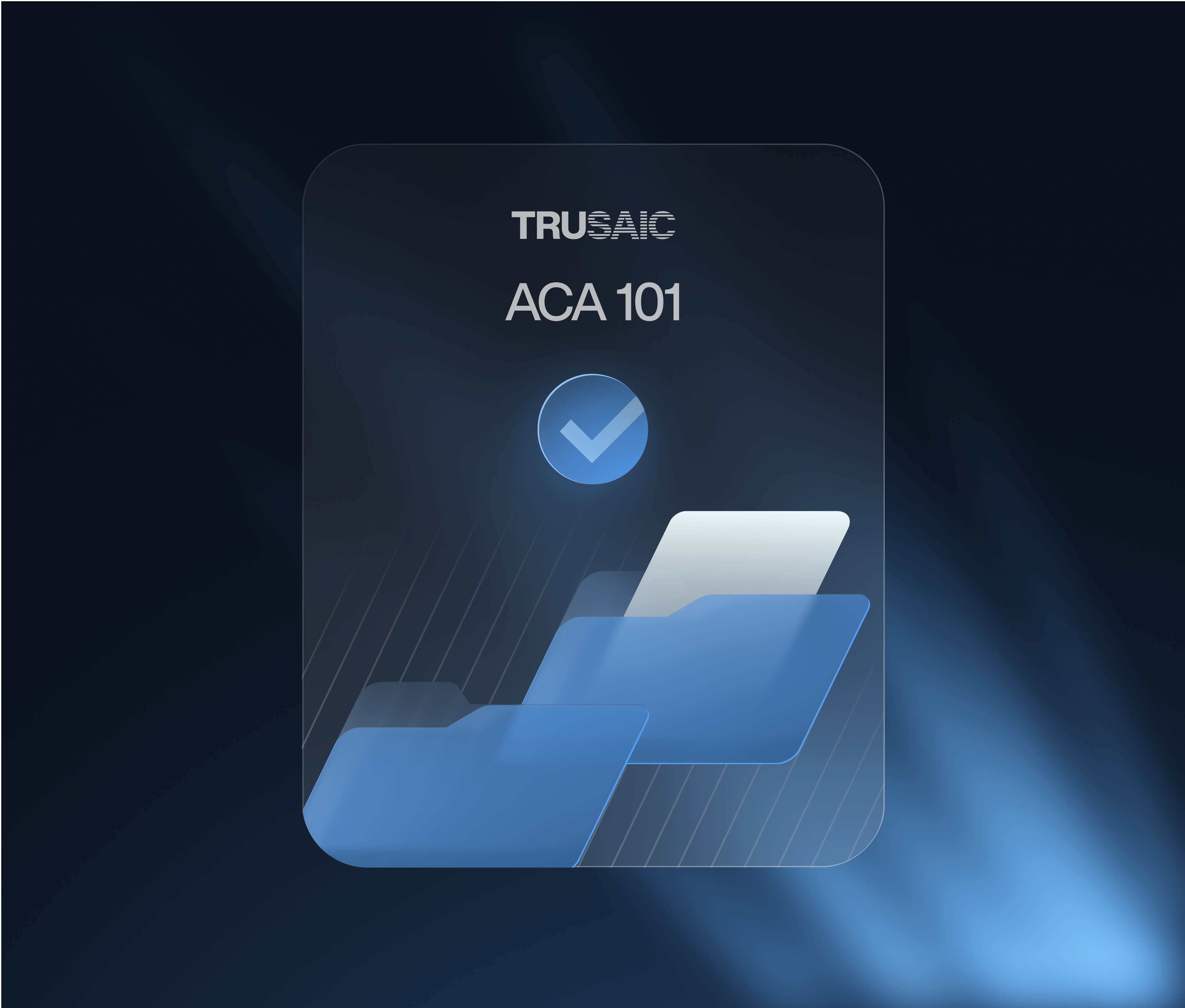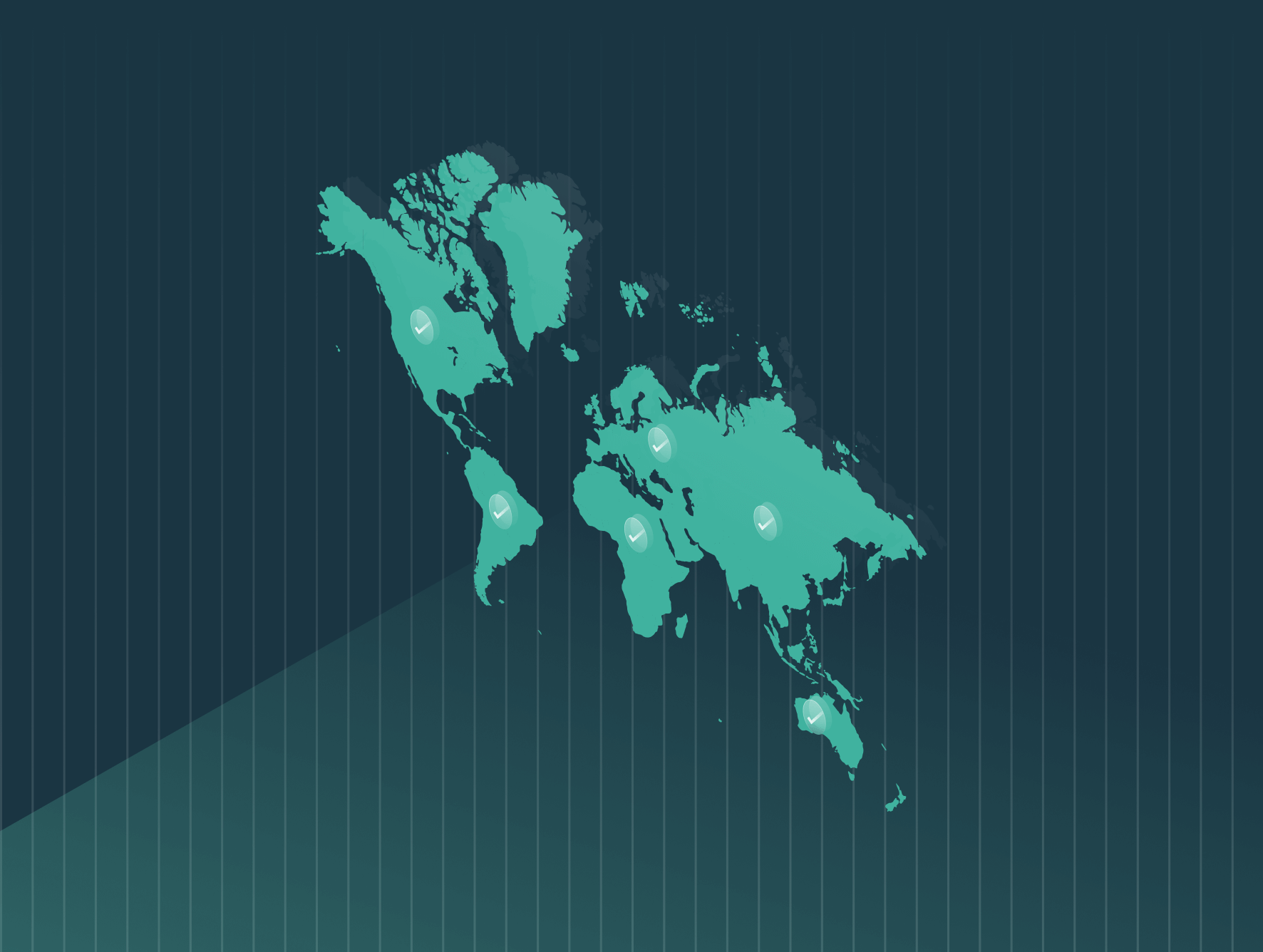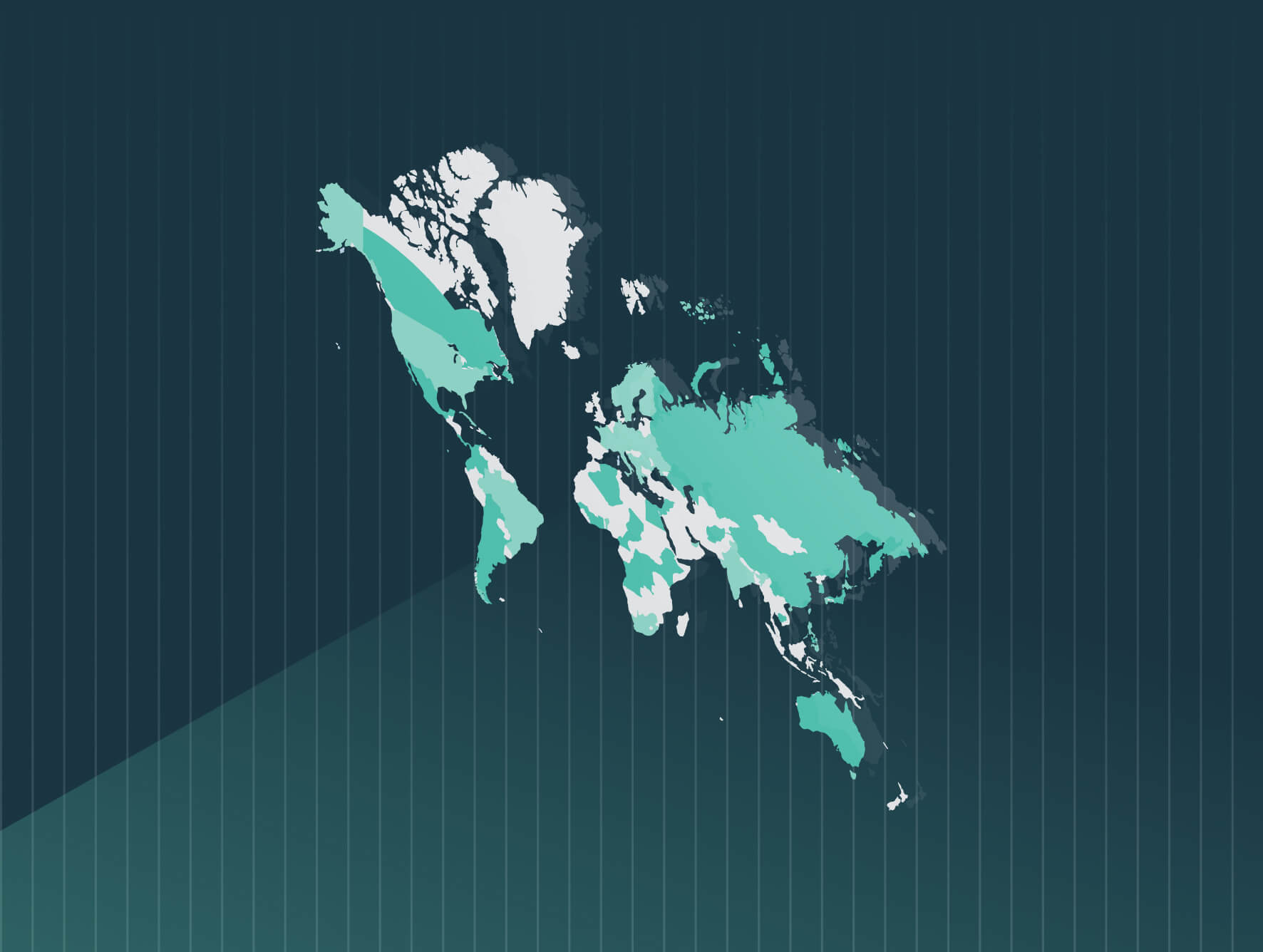June 10 marks the 61st Equal Pay Act anniversary in the U.S. Introduced in 1963, the U.S equal pay law requires that men and women be given equal pay for equal work in the same establishment.
On signing, President John F. Kennedy remarked on the “unconscionable practice of paying female employees less wages than male employees for the same job.” At the time, women earned 60% of the average wage for men. Over six decades later, we review progress made in closing the gender pay gap and current pay transparency legislation in the U.S.
Strengthening Equal Pay Laws
Since the U.S. equal pay law was enacted, additional laws have been introduced, aimed at strengthening equal opportunities:
- Title VII of the Civil Rights Act of 1964 prohibits employers from discrimination based on race, color, religion, sex, or national origin. Disability has since been added as a protected category.
- Lilly Ledbetter Fair Pay Act of 2009 amends the Civil Rights Act by easing time restrictions on pay discrimination complaints.
- State laws: Building on the U.S Equal Pay Law, a growing number of states have introduced their own equal pay laws, salary history bans, and pay transparency legislation.
Closing the Gender Pay Gap
Since 1996 in the U.S., Equal Pay Day has symbolized how far into the year women are required to work to equal men’s earnings in the previous year. For over 20 years, the gender pay gap hovered around 20%. In 2024, it moved forward two days to March 12, as Bureau of Labor Statistics data showed that median weekly earnings for women rose to 83.8% of men’s earnings.
It is incremental and significant progress, but it is not the whole picture. Black women must wait until July 9 for their Equal Pay Day. Latina and Native women face a longer wait, until Oct. 3, and Nov. 21, respectively.
Expanding Pay Transparency Legislation
Pay transparency legislation aims to accelerate efforts to achieve equal pay for equal work.
Vermont is the latest state to pass a pay transparency law, as Gov. Phil Scott signed H.704 into law June 4. The law takes effect July 1, 2025. Weeks earlier, Minnesota passed its law requiring salary ranges on job postings effective Jan. 1, 2025, and building on its current salary history ban.
They join other states and jurisdictions, including Hawaii, New York, Colorado and Washington state in introducing pay transparency laws. Wage transparency legislation also comes into force in the District of Columbia on June 30, 2024, and in Maryland on Oct. 1, 2024 .
California and Illinois employers face some of the most stringent laws in the U.S; both states require pay data reporting.
Pay transparency plays a vital role in closing the gender pay gap. Research shows that 82% of U.S workers are more likely to apply for jobs which include pay ranges, while nearly three-quarters are less interested in jobs without pay. Further, nearly two-thirds of organizations say pay transparency makes them more competitive.
More than one in four U.S workers are now covered by pay transparency legislation. That figure could soon reach 50%. Further, one-third of workers in the country’s 10 highest-paying occupations are now women, up from 13% in 1980.
Federal action also supports efforts to close the gender pay gap.
- H.R. 1599, the Salary Transparency Act, would require all employers to disclose pay ranges in job postings, and provide wage ranges to job applicants and employees.
- Reintroduced in 2023, the Paycheck Fairness Act would strengthen U.S Equal Pay law.
- Another proposed rule would require U.S. federal contractors and subcontractors to implement a salary history ban and disclose pay ranges in job postings.
Globally, the pay equity movement is accelerating. Leading the way is the EU’s Pay Transparency Directive, which affects all organizations with operations in the EU, and takes effect in 2026.
Pay Equity Action Items for Employers
On the Equal Pay Act anniversary, we can celebrate progress in closing the gender pay gap while acknowledging that more needs to be done.
Navigating the complex pay equity regulatory landscape is a daunting prospect for employers but pay equity software can help. Action steps for employers include:
- Carry out a pay equity analysis: Pay equity software rapidly enables employers to identify gender pay gaps and pay disparities across your organization. Results identify risk areas for remediation and pay gaps within every employee group and at every level in your company. An intersectional pay equity audit reveals the root causes of pay disparities, including systemic factors such as unconscious bias.
- Create a compensation philosophy: Evaluate your company’s Wage Influencing Factors (WIF). What factors does your organization value and reward? Some organizations operate on pay-for-performance. WIFs may include company tenure, position tenure, and prior relevant experience.
- Establish equitable, competitive salary ranges: Ensure compliant job postings by providing salary ranges that are competitive, equitable, and explainable. By explainable, employers must be able to demonstrate that their pay range is fair and consistent across your organization. Pay equity software tools help to determine and create competitive and fair salary ranges by overlaying internal pay equity data with external labor market data.
Leveraging pay equity software enables employers to comply with confidence as the pay equity landscape continues to evolve.








